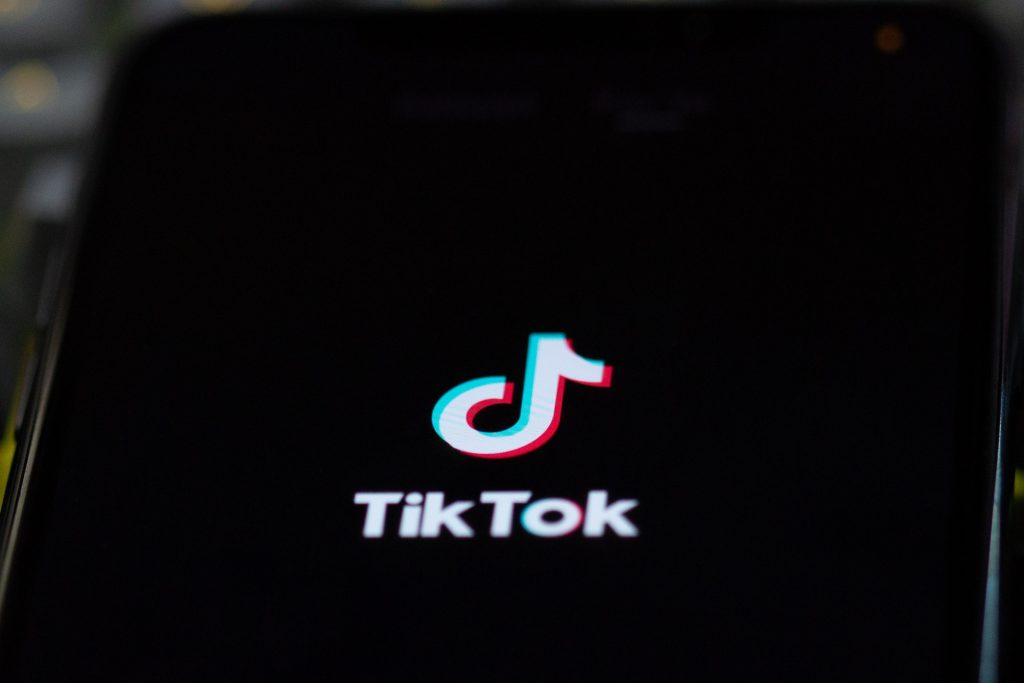Maryland governor Larry Hogan announced a ban on TikTok for members of the government amidst cybersecurity threats.
This is not the first time that TikTok has come under scrutiny due to its origin. The app is owned by a Chinese company called Bytedance. This Chinese origin of the app has been a reason for severe distress among the US government, where for them there exists a looming threat of privacy breaches of data of US citizens.
On Tuesday, Governor Larry Hogan announced a ban on TikTok and other China and Russia-based ventures amidst the threat of danger to the privacy of US citizens. Other than TikTok, companies like Huawei Technologies, Tencent Holdings, Alibaba products, and Kaspersky are also included under this directive.
This was not surprising, as only recently the US military also announced a ban on using TikTok for a person who either belongs to the military or navy. This ban is so severe that anyone found using the app will be immediately removed from the service. Just a week earlier, the Republican Kristi Noem of South Dakota also imposed a ban on the app for all state employees.
How is TikTok a security risk for Maryland?
Due to the application’s Chinese origin, US officials think that the app might use the private information of US citizens and can use that information for government surveillance.
Many times conversations have spurted, where state representatives have argued to ban the app for everyone in the US. But this is not as easy, as TikTok is widely used there. There is no solid proof yet that TikTok is giving any information to China, but officials argue that the threat is too serious and vulnerable to ignore.
TikTok’s Chief operating officer Vanessa Pappas has said that the company protects the data gathered from US citizens and does not forward it to any Chinese authority. But the concerning issue here is that the Chinese government has the authority to ask the company for the data whenever they want and there is no legal mechanism in place that can allow the company from not turning in the data.

